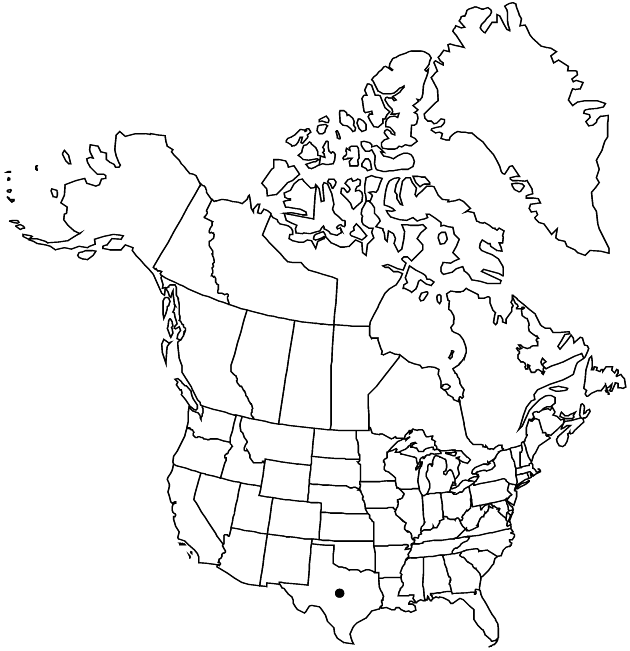Difference between revisions of "Grindelia pusilla"
Phytologia 73: 327. 1992.
FNA>Volume Importer |
imported>Volume Importer |
||
| (6 intermediate revisions by 2 users not shown) | |||
| Line 7: | Line 7: | ||
|year=1992 | |year=1992 | ||
}} | }} | ||
| − | |basionyms={{Treatment/ID/ | + | |basionyms={{Treatment/ID/Basionym |
|name=Grindelia microcephala var. pusilla | |name=Grindelia microcephala var. pusilla | ||
|authority=Steyermark | |authority=Steyermark | ||
| + | |rank=variety | ||
| + | |publication_title=Ann. Missouri Bot. Gard. | ||
| + | |publication_place=21: 467. 1934 | ||
}} | }} | ||
|synonyms= | |synonyms= | ||
| Line 34: | Line 37: | ||
-->{{#Taxon: | -->{{#Taxon: | ||
name=Grindelia pusilla | name=Grindelia pusilla | ||
| − | |||
|authority=(Steyermark) G. L. Nesom | |authority=(Steyermark) G. L. Nesom | ||
|rank=species | |rank=species | ||
| Line 49: | Line 51: | ||
|publication year=1992 | |publication year=1992 | ||
|special status= | |special status= | ||
| − | |source xml=https:// | + | |source xml=https://bitbucket.org/aafc-mbb/fna-data-curation/src/2e0870ddd59836b60bcf96646a41e87ea5a5943a/coarse_grained_fna_xml/V19-20-21/V20_986.xml |
|tribe=Asteraceae tribe Astereae | |tribe=Asteraceae tribe Astereae | ||
|genus=Grindelia | |genus=Grindelia | ||
Latest revision as of 20:07, 5 November 2020
Annuals, 30–70 cm. Stems erect, stramineous, villosulous, stipitate-glandular. Cauline leaf blades spatulate or oblong to lanceolate, (12–)35–60(–80) mm, lengths mostly 3–6 times widths, margins ± crenate (teeth 5–10 per cm, blunt, resin-tipped), apices obtuse to acute, faces usually hirtellous and glandular (glands usually stipitate, sometimes sessile, seldom in pits), sometimes glabrate. Heads in open, corymbiform arrays or borne singly. Involucres ± globose, (6–)8–12 × (6–)12–18 mm (usually subtended by leaflike bracts). Phyllaries in 4–6 series, spreading to appressed, linear to lanceolate, apices recurved to ± straight, subulate to acuminate, slightly resinous. Ray florets 13–27, laminae 5–12 mm. Cypselae stramineous to brownish, 2.5–4 mm, apices ± coronate, faces rugose (transversely fissured); pappi of 2–3 straight, smooth or (distally) barbellulate (apices usually dilated), setiform awns 4.5–5.5 mm, equaling or surpassing disc corollas. 2n = 12.
Phenology: Flowering (Nov–)Mar–Jun.
Habitat: Disturbed, dry, open sites
Elevation: 0–500 m
Distribution

Tex., Mexico (Coahuila).
Discussion
Selected References
None.